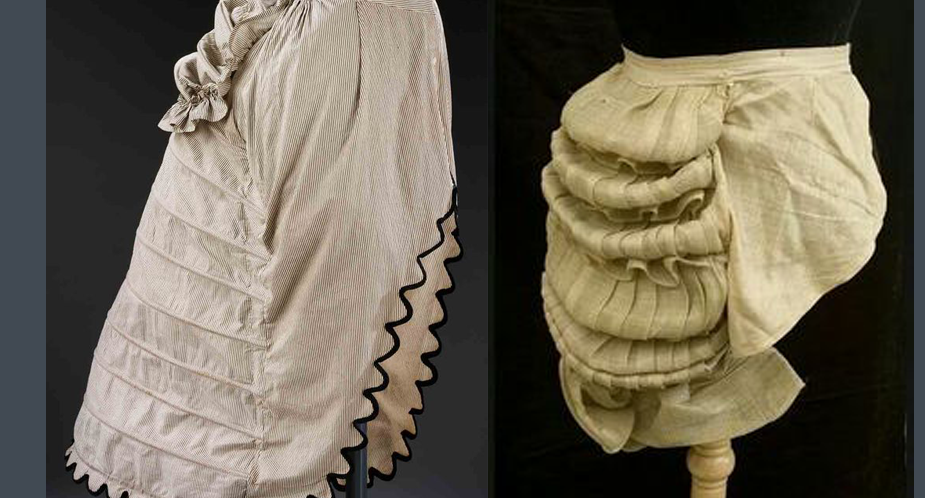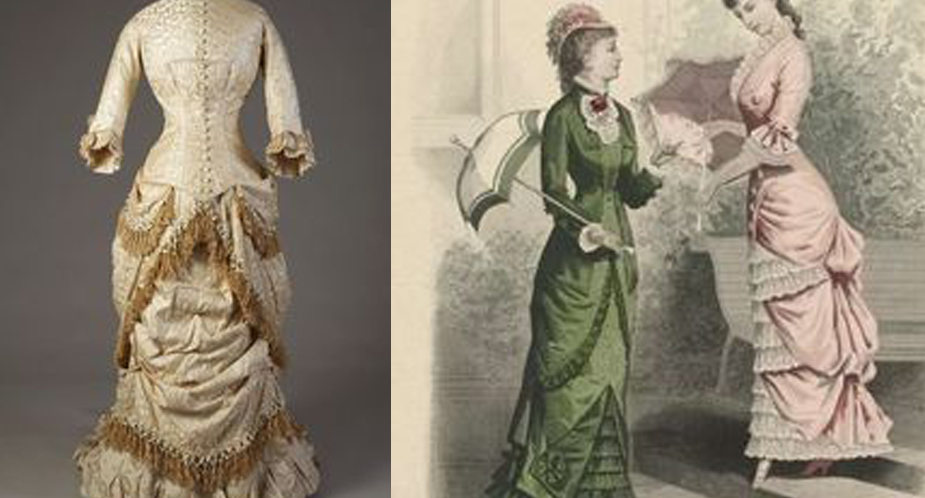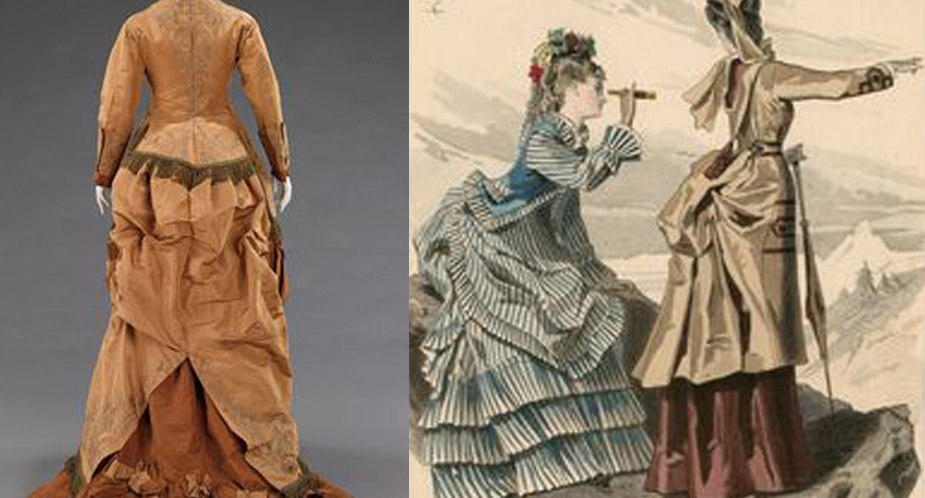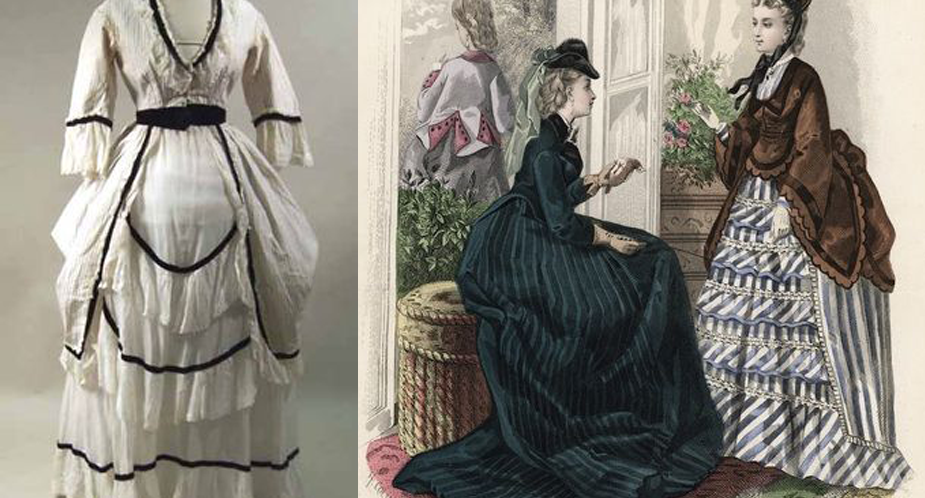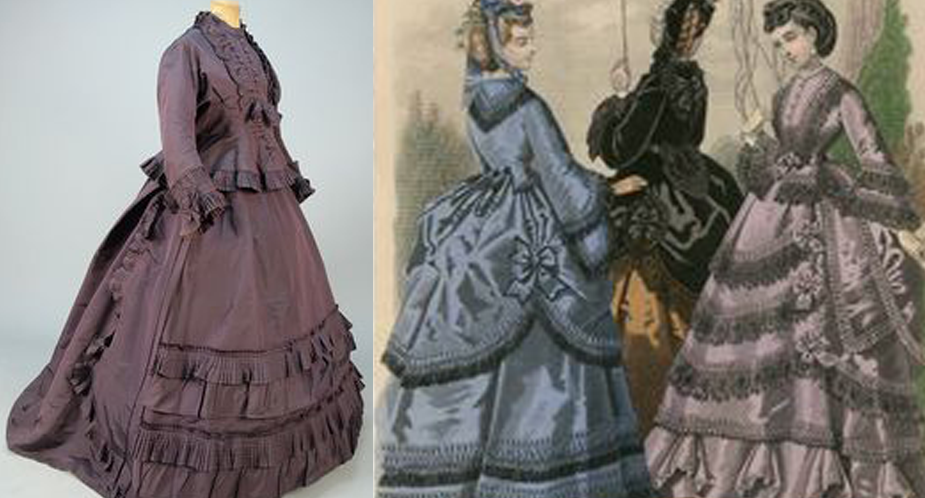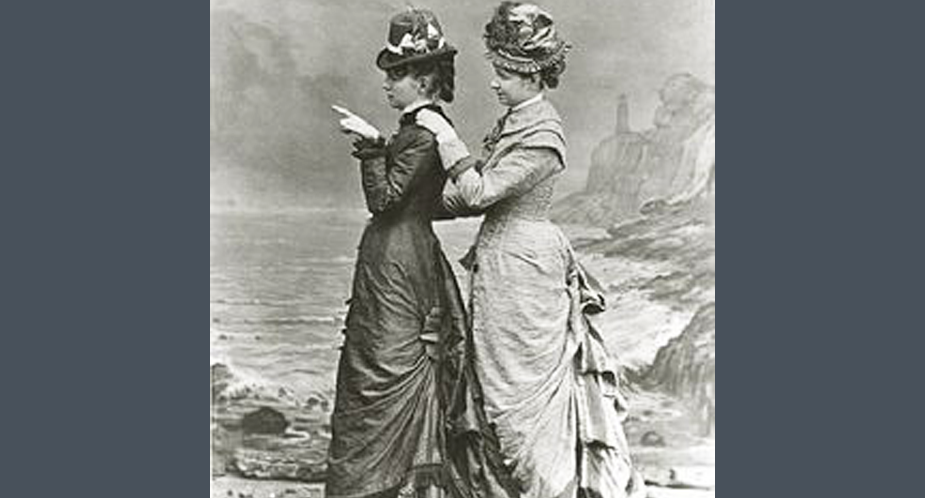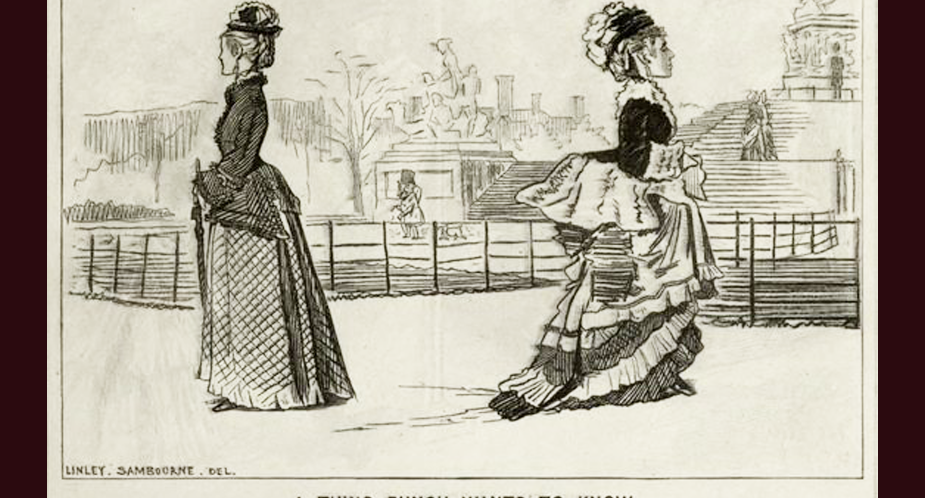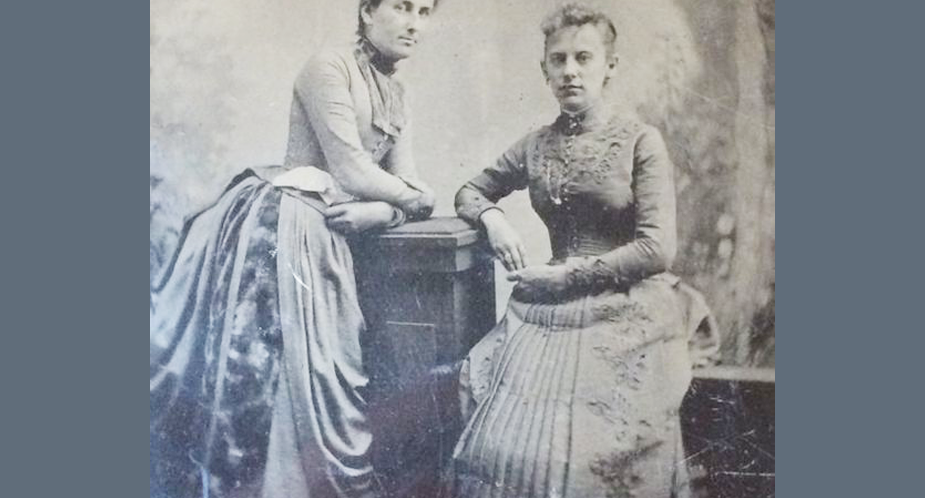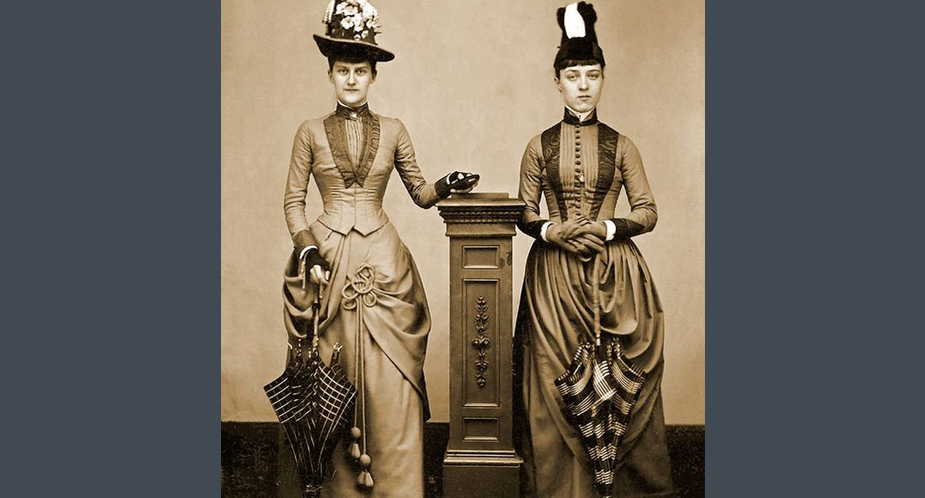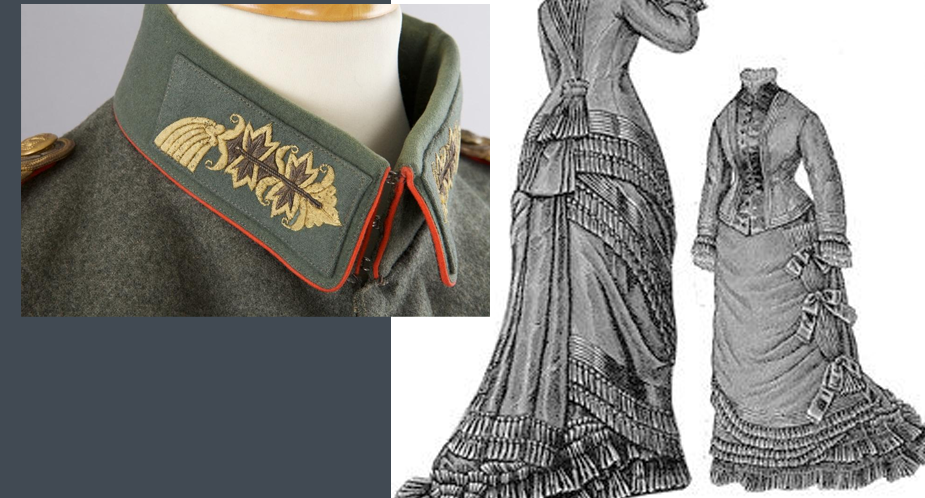grow larger and had more pads that had strings and ruffles. (1870 crinolette was the first step out of the crinoline and into the bustle. By the mid-1870’s, there were many elaborate and decorative pads and structures considered to be early bustles like this “horsehair pad”. They were named for …
